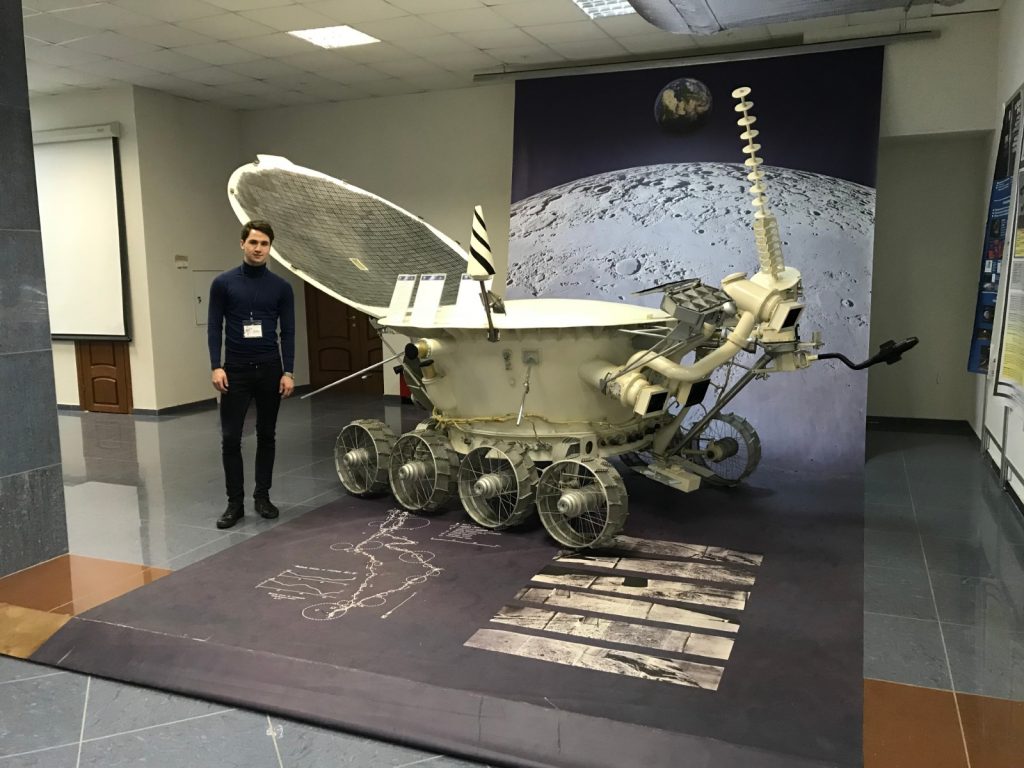Physicist Aleksey Andreev continues researching Moon craters

Lead Research Associate of the Center of Excellence for Cyber-Physical Systems, IoT and IoE is one of the winners of the latest Russian Science Foundation grant competition.
“To develop a navigation system on the Moon, we need a reference network on its surface, including craters with their selenodesic characteristics. We will create a software package for regression modeling of satellite observations. The point is that modern space missions receive topographic data in different reference systems. For the purpose of further processing of these data it is necessary to bring them to a single reference system. We plan to solve this,” comments the scientist.
Over 270,000 lunar objects will be studies with transfer deep machine learning and neural networks for a Moon macrofigure model.
“The macrofigure of the Moon is the averaged, or smoothed, structure of the Moon’s surface, which provides information about global parameters of the lunar figure – for example, topographic depressions in the northern hemisphere, the convexity of the Moon’s sphere toward the Earth,” continues the interviewee.
The results may be helpful for robotic missions to the Moon for resource recovery and refining, which potentially includes water, hydrogen, platinoids, iron, nickel, cobalt, and others.
“Morphological analysis of the crater structure and appropriate selection by a large number of parameters (depth, width, presence of a central slide) are necessary to determine the following data: the age of the crater, the velocity of the impact body (asteroid) that formed the crater, and the angle of impact of the asteroid with the Moon’s surface. Our group plans to predict whether there are useful resources in this or that crater and in what quantity they are there. I should note that this issue is the subject of the PhD thesis of Yury Kolosov, who is a member of our research group,” says Andreev.
The data will support Russia’s lunar missions which plan to study polar zones of the satellite and test soft landing and precision topographic survey.
By the end of 2025, the world’s first complex digital selenographic model should take shape; it will give a comprehensive picture of the distribution of craters on the lunar surface.

